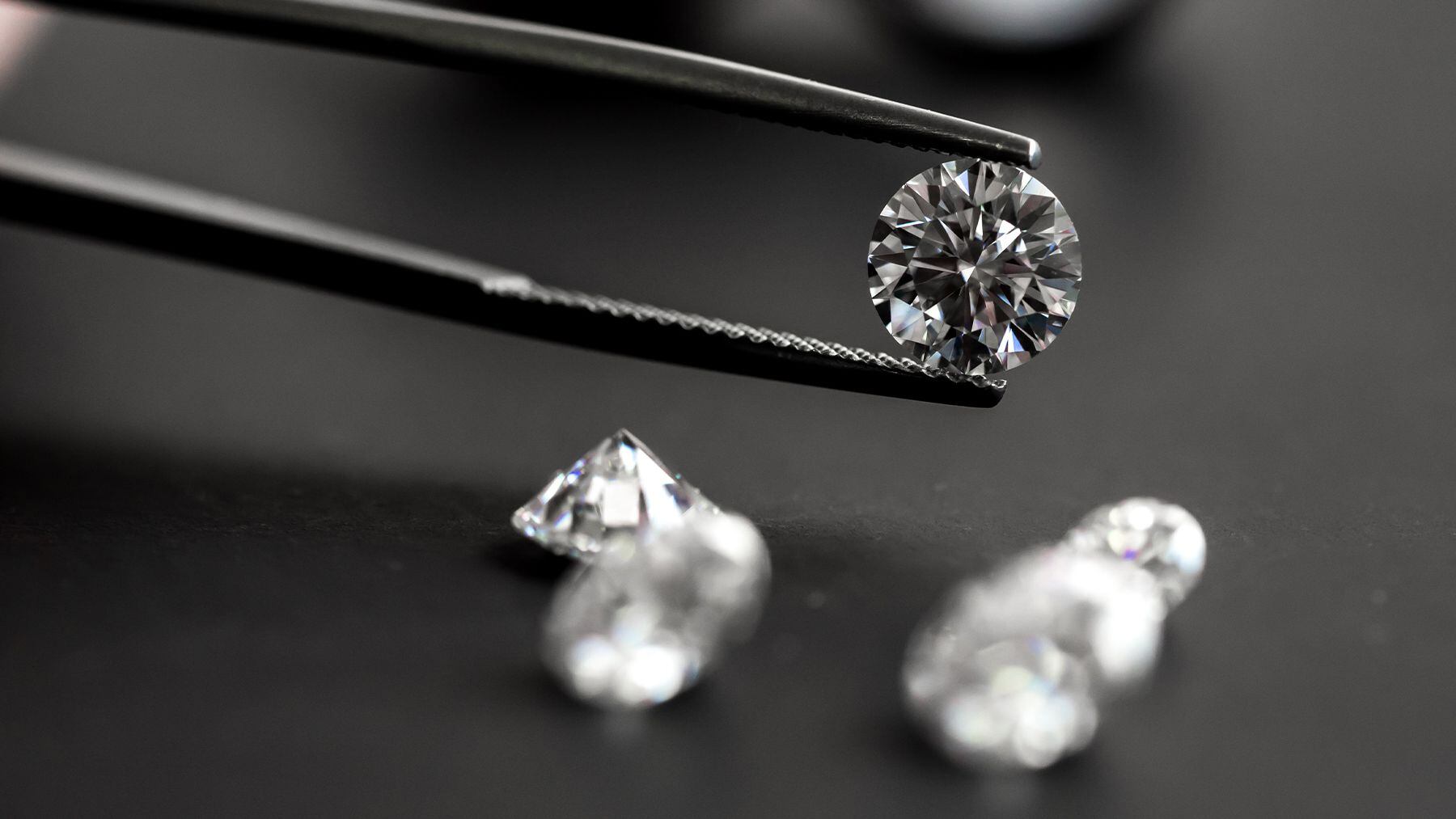Signet Hits Diamond Trade With Refusal to Buy Russian Gems
Signet Jewelers Ltd., the owner of Kay Jewelers and Zales, sent shockwaves through the global diamond trade on Wednesday, telling suppliers it would no longer buy stones mined in Russia, the world’s biggest source of gems.
The move by the largest diamond retailer in the industry’s most important market will create difficulties through the entire global supply chain. In diamond hubs from the Belgian port-city of Antwerp to Mumbai and Dubai, diamonds from different countries are routinely mixed together at almost every stage of cutting, polishing and trading.
Signet’s decision is the latest example of companies going beyond the sanctions imposed by governments as Russia’s invasion of Ukraine raises concerns about a consumer backlash. Russia vies with Botswana as the world’s biggest diamond producer, supplying almost a third of all stones by volume. The US is easily the industry’s most important market, accounting for about half of all sales.
Other big brands are considering similar moves, according to people familiar with the situation who asked not to be identified as the discussions are private.
Biden Bans Iconic Russian Imports, Calls for Trade Downgrade
Signet has gone much further than US President Joe Biden. In a decree on Friday, he announced a ban on the import of Russian diamonds and while that initially caught the industry off guard, the small print showed the ban only impacted rough diamonds.
Very few rough diamonds are shipped to the US. Most end up in India — via trading hubs in Belgium and Dubai — where they are cut, polished and set in jewellery before being shipped around the world. Those goods were not impacted by Biden’s decree.
In a memo — seen by Bloomberg News — Signet told suppliers it will stop buying diamonds and precious metals that originate in Russia.
“Signet has therefore halted all trade in precious metals and diamonds that originate from such sanctioned Russian sources, and you are therefore requested to stop supplying the same to Signet even though the country[s] in which you operate may not have imposed sanctions on Russian precious metals and diamonds,” Signet said in the memo.
Chief executive officer Gina Drosos said the request to shun the Russian market is in line with Signet’s years-long effort to ensure the company is sourcing its diamonds and gemstones in an ethical way, a process that includes audits.
“It’s not a shockwave through our vendor community for us to ask them to partner with us to not use Russian diamonds that are sourced after this conflict began,” Drosos said in an interview after the release of the company’s quarterly earnings on Thursday. “They get that.”
The CEO said the majority of Signet’s diamonds by value come from southern Africa, Australia and Canada. The company hasn’t seen a significant impact on the price of diamonds originating in those countries since Russia’s invasion of Ukraine, she said.
While less well known than De Beers, Russia’s Alrosa PJSC produces about the same amount of gems as the iconic diamond company that had a monopoly until the start of this century.
The ban threatens to upend supply chains, but Signet has added caveats to stop an immediate crunch. In the memo, the company said its block applies to goods purchased after Feb. 24, the date Russia invaded Ukraine. The diamond industry has a long supply chain, with many months between buying rough stones to finally handing over finished goods to retailers.
The impact of Signet’s move will likely have ripple effects across the industry. More than a million people work in India’s diamond manufacturing industry and mining the stones is crucial to the economies of countries such as Botswana and Lesotho.
The diamond industry’s ability to satisfy Signet’s demand is also in question. While rough diamonds are issued Kimberley Process certificates designed to end the sale of blood diamonds that financed wars in the 1990s — that show their origin, these are often replaced in trading centres with “mixed origin” certificates when parcels of stones are mingled.
Very few diamonds remain in one company’s custody through the entire supply chain. Most are cut, polished, manufactured and then set in jewellery by different companies and often traded in between each step. Diamonds are routinely mixed into parcels of similar sizes and qualities throughout this process making origin tracking almost impossible in many cases.
Some in the diamond midstream — which is dominated by private family-run businesses — are already planning on separating supply chains, according to people familiar with their thinking. Russian diamonds, which can still be bought using euros, will be channeled toward Chinese or Indian markets rather than the West.
There are some nascent programs introduced by the industry, such as De Beers’s Tracr programme, that track origins. They may work for high-value diamonds, such as those that sell for tens of thousands of dollars in a Tiffany & Co. shop, but are hard to replicate for the millions of small stones that most of the industry works with.
By Thomas Biesheuvel and Jeannette Neumann
Learn more:
What Will Sanctions Against Russian Diamonds Mean for Jewellery?
US sanctions prohibiting some business with Alrosa, the world’s biggest diamond miner, could quickly disrupt the global gem trade, experts say.

